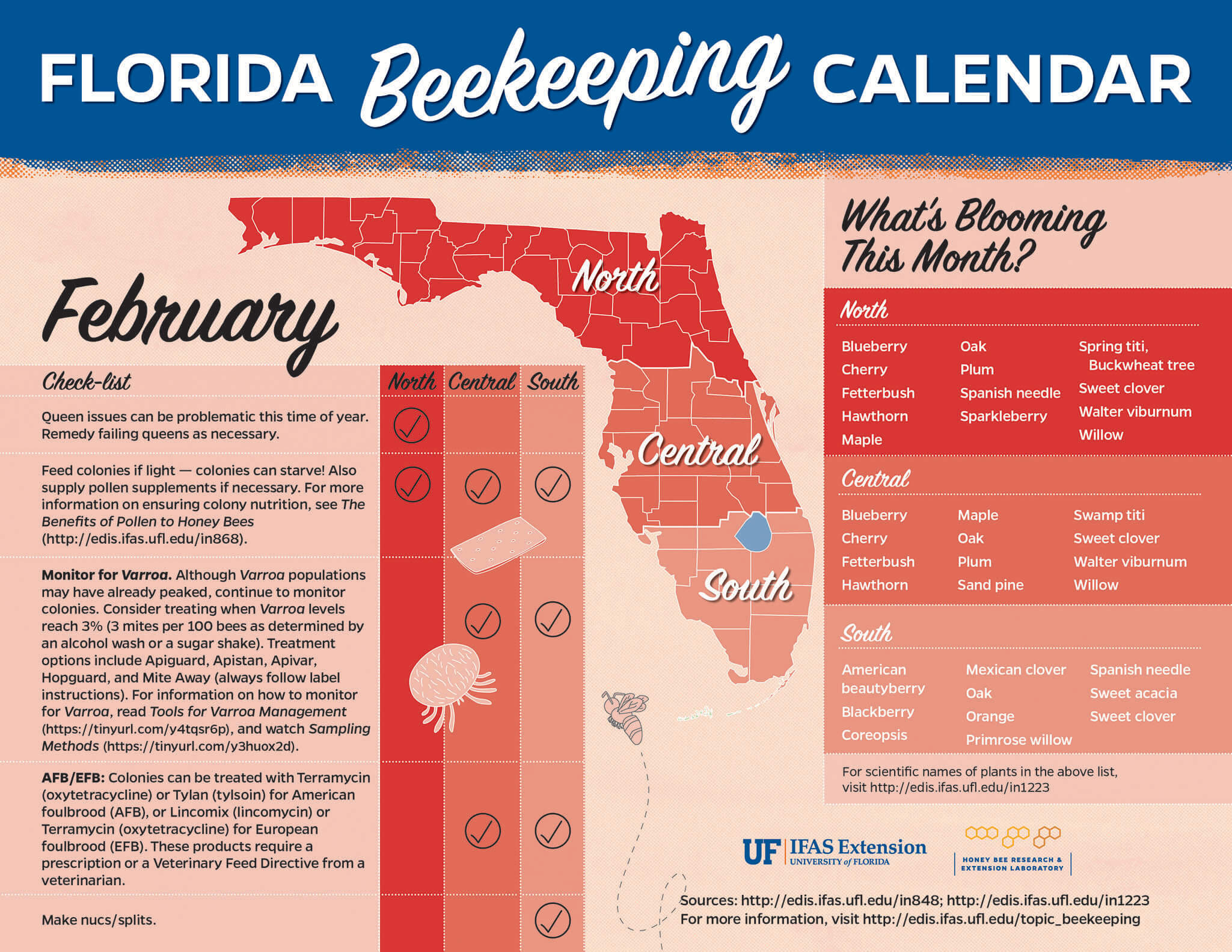The Heartland Bee Newsletter
February 2022 (17th edition)
Beekeeping After Dark: The Red-Light District
Once upon a time, I heard a rumor that beekeepers in Arizona perform nuisance hive removals at night, using red lights. Anybody that has done a colony relocation in the sweltering Florida heat would obviously give this idea some merit. Upon further consideration, the logic seemed sound. After all, one of the most tedious parts of colony relocation is the extra effort to collect the returning foragers; were everybody home and accounted for, it’d be all the easier to get the whole bunch in one go. The use of red light should leave the bees essentially blind to our efforts, in the dark. It was an intriguing concept, but a difficult sell to the average homeowner seeking removal services.
Then, one day, a rare opportunity arose: an exceedingly defensive honey bee colony had settled under a shipping container on a farm. Accessing them during the day would hinder employee operations. I recruited a couple friends from the club and got the materials together, and we set a date.
The Roman philosopher Seneca once said: “Luck is what happens when preparation meets opportunity.” If that is true, then we were woefully unprepared, and decidedly unlucky.
We arrived a bit before sunset to get set up while we still had some daylight. With our equipment laid out, we discussed our plan of attack; I decided we would delay using the vacuum and cut comb, piece by piece, looking for the queen. This is my typical approach, when possible, and my first mistake (aside from not doing more research into this before diving in).
Access to the hive was far more restricted than it appeared. We could only reach into the void beneath the shipping container and grope for comb. The air smelled of alarm pheromone in minutes. As we yanked out messy handfuls, I realized it was difficult for me to tell the bees apart from the gravel around us, let alone spot the queen.
We quickly abandoned any pretense of grace, and started up the vacuum. We grabbed shovels and sticks when our arms weren’t long enough. The bees stormed the red lights and us in a fury. It was chaos, but there was no going back, at that point.
We took turns until the task was completed. We left some brood comb in a box near the remains of what was once a thriving honey bee colony, hoping it would attract any strays that had been left behind. It didn’t. I found them clustered under the shipping container, the next day.
Ultimately, we completed our goal, but it was an unsatisfying end to our labor. Perhaps things would have gone differently if we had better access to the colony, or if they were less defensive, but no bee relocation is an ideal situation.
All that said, I’d still try it again.


